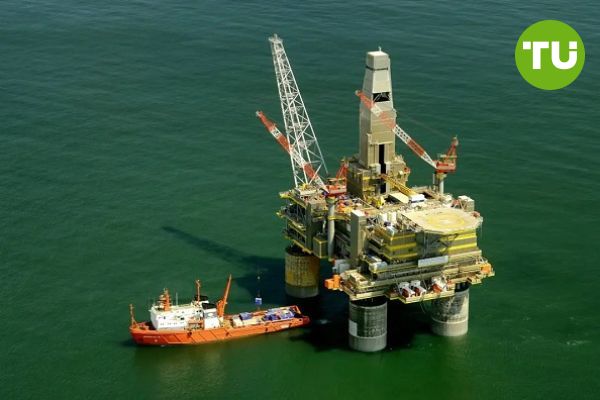WTI oil price rises above $71 as OPEC+ maintains production cuts through year-end
 Oil starts week above $71
Oil starts week above $71
Oil started the new week with gains. Although the likelihood of a new escalation in the Middle East remains high, markets focused not only on geopolitical but also on macroeconomic events.
On Monday, November 4, the price of WTI crude oil opened the trading day above $70, and by the afternoon it had gained another 2%, rising to $71.45.
Oil starts week above $71
The price increase was driven by a meeting of OPEC+ members held last Sunday. At the meeting, the group's largest members decided to extend production cuts of 2.2 million barrels per day until the end of the year due to weak demand and increasing supply outside the group.
During the meeting, OPEC+ member state representatives also reaffirmed their commitment to "achieving full compliance" with production targets and compensating for any overproduction by September 2025.
Currently, traders are watching the U.S. presidential election, which will take place on November 5. The latest New York Times/Siena College poll indicates nearly equal chances of victory for Donald Trump and Kamala Harris.
The U.S. Federal Reserve is expected to cut rates by another 25 basis points this week. Data from the CME FedWatch Tool indicates a 99.8% probability of this.
Events in the Middle East have receded into the background
In addition, the Standing Committee of the National People's Congress has begun its work in China and is expected to approve additional stimulus measures to support the slowing economy.
Any stimulus measures could "fuel" oil prices, as China is the world's largest oil importer, and its crude oil imports have been declining year-on-year for five consecutive months.
Official data showed that for the first nine months of 2024, China's total crude oil imports fell 2.8% year-on-year to 412.4 million tons.
"While the [production increase] delay until January does not significantly change the fundamentals, it potentially makes the market reconsider OPEC+'s strategy," Dutch bank ING said in a note.
According to ING's balance, if OPEC+ does not continue crude oil production cuts next year, the market will still be oversupplied until 2025. The next OPEC+ meeting is scheduled for December 1.
As we previously reported, traders paid little attention to the U.S. Energy Information Administration (EIA) report on increased U.S. oil production, which reached a record 13.4 million barrels per day in August. The previous production record of 13.31 million barrels per day was set in December 2023.













































































































































